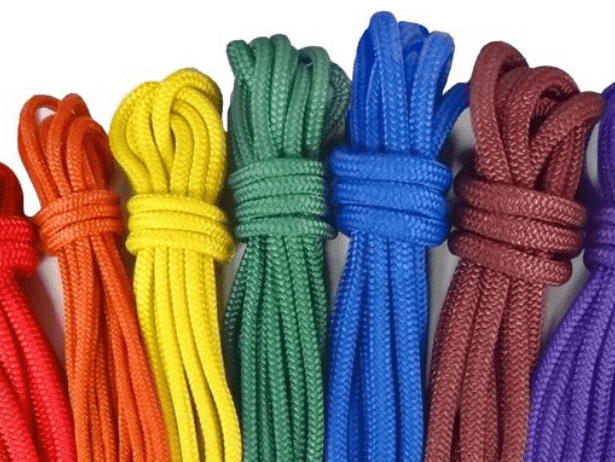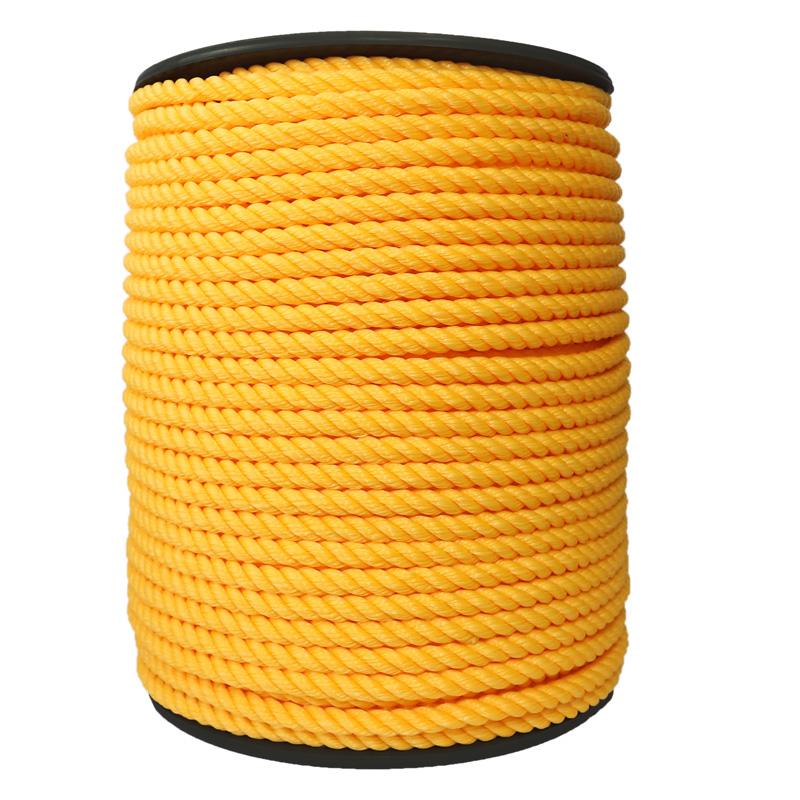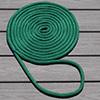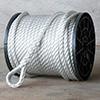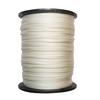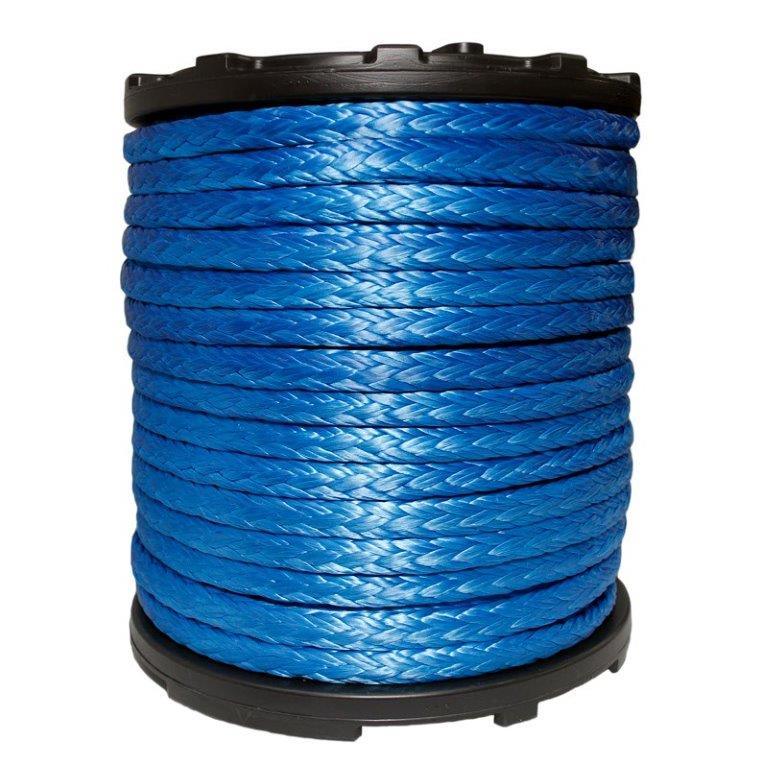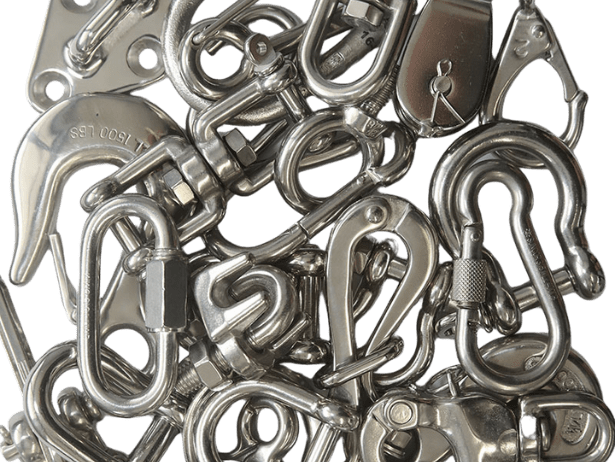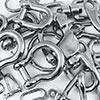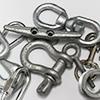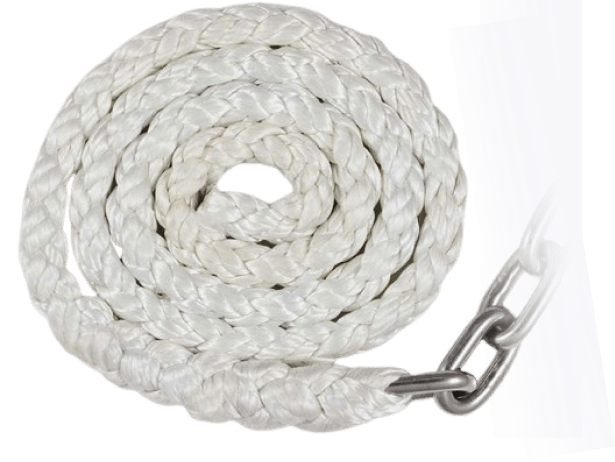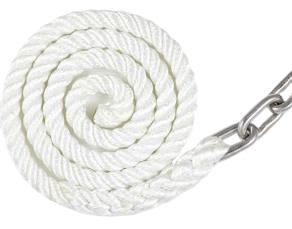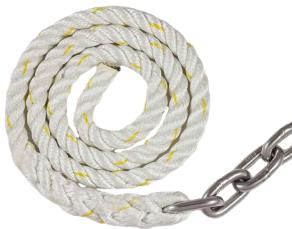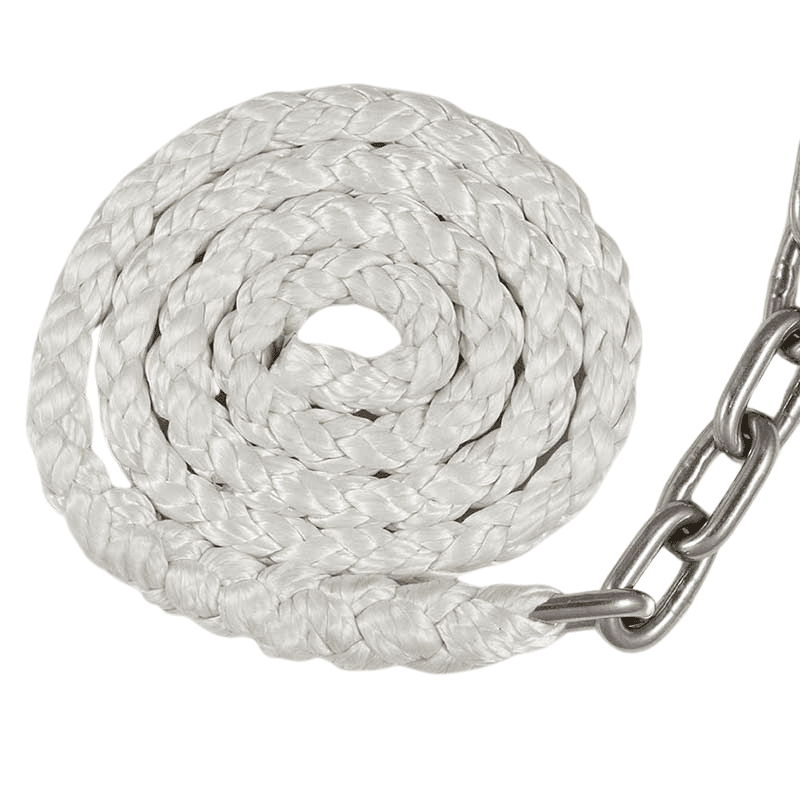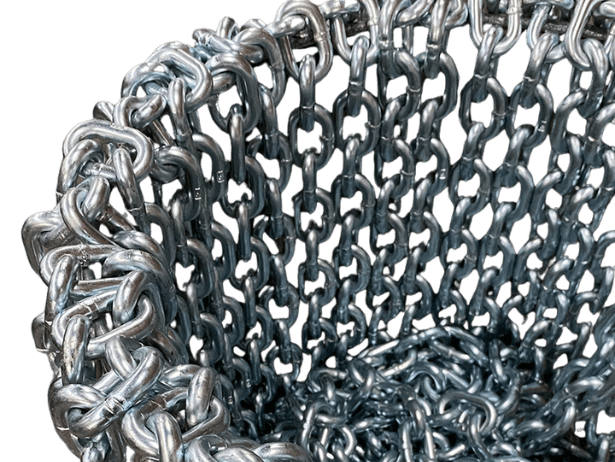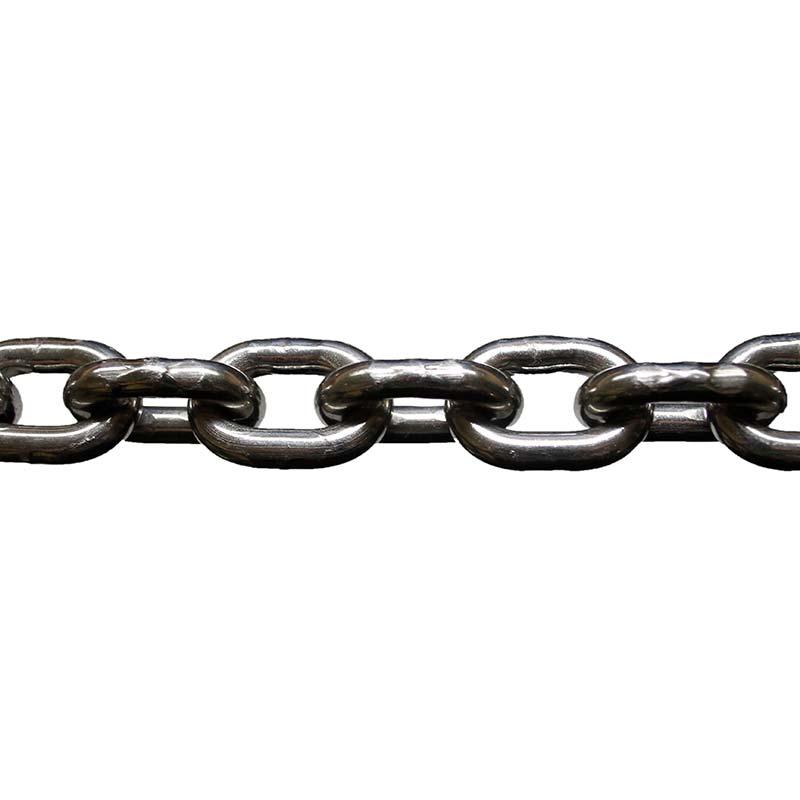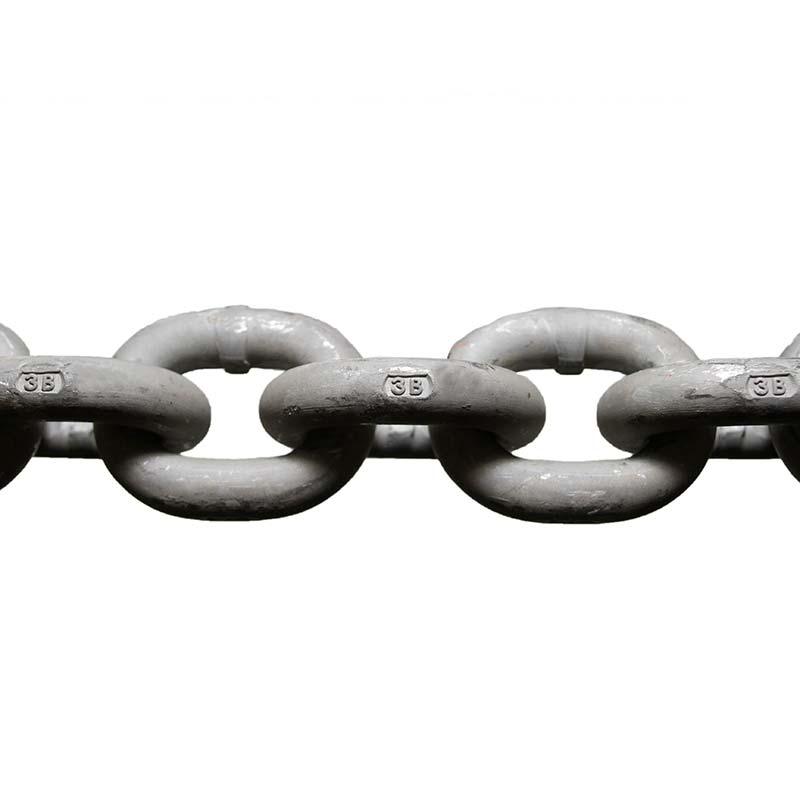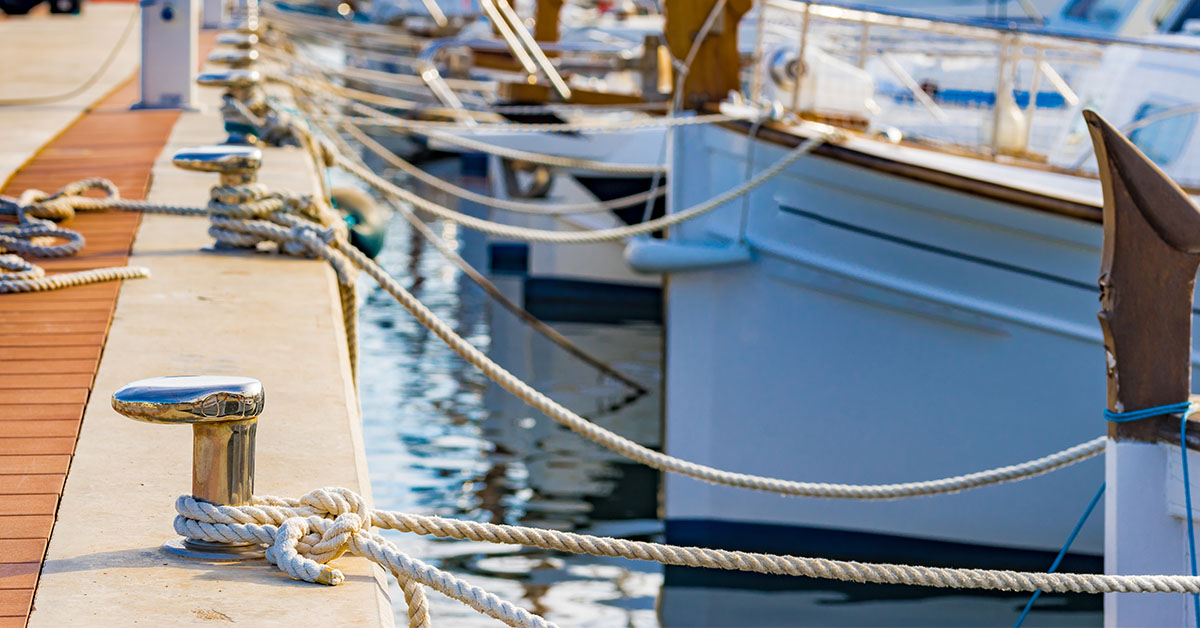Rope strength ratings are one of the most critical factors when selecting the right rope for marine, industrial, or recreational use. However, the numbers often cause confusion—what does “breaking strength” really mean? How does “working load limit” differ? And what safety factors should you consider when choosing a rope?
In this guide, we’ll break down rope strength ratings, explain key terms like breaking strength and working load limits, and provide essential safety considerations so you can make informed decisions when selecting rope manufacturers that prioritize quality and reliability.
Understanding Breaking Strength
Breaking strength, also known as tensile strength, refers to the maximum amount of force a rope can withstand before failing. This number is determined in a controlled testing environment where the rope is gradually pulled until it snaps.
Key Considerations About Breaking Strength:
- Measured Under Ideal Conditions: The number represents the rope’s absolute limit in lab conditions—not real-world use.
- Varies by Material & Construction: Nylon, polyester, and HMPE all have different tensile properties, as do twisted, braided, and plaited rope designs.
- Not a Safe Working Limit: Just because a rope has a high breaking strength doesn’t mean you should operate near that limit.
For example, a double braid polyester rope may have a breaking strength of 10,000 lbs, but that doesn’t mean you should routinely apply 10,000 lbs of force. This is where working load limits come in.
What is the Working Load Limit (WLL)?
The working load limit (WLL) is the maximum weight a rope should safely handle under normal conditions. It accounts for factors like shock loads, wear and tear, and environmental exposure. For example, when anchoring, your rope should have a WLL that comfortably exceeds the forces from waves and wind.
How WLL is Calculated:
WLL is determined using a safety factor—an industry standard that reduces the breaking strength by a set ratio.
Common Safety Factors:
- 5:1 (General Use & Marine Applications) → Divide the breaking strength by 5 to get the safe working limit.
- 10:1 (Critical Safety Applications like Lifting & Rigging) → Divide by 10 for extra precaution.
Example Calculation:
If a rope has a breaking strength of 10,000 lbs:
- With a 5:1 safety factor, the working load limit = 2,000 lbs
- With a 10:1 safety factor, the working load limit = 1,000 lbs
Why It Matters: Always choose a rope with a working load limit that comfortably exceeds your expected loads, rather than relying solely on breaking strength.
Safety Factors to Consider When Choosing Rope
Even when selecting high-quality rope from trusted rope manufacturers, additional safety considerations should always be factored in:
1. Shock Loading
Sudden or dynamic forces—such as a boat jerking against an anchor line—can briefly exceed a rope’s working load limit. Materials like nylon provide stretch, which helps absorb shock loads, while polyester and HMPE offer minimal stretch for applications requiring rigidity.
2. Wear & Abrasion Resistance
Ropes in marine environments face constant friction from cleats, winches, and chocks. For recreational boaters, this means dock lines and anchor rodes should be checked regularly for fraying, especially around contact points. To extend lifespan:
- Use chafe guards on high-wear points.
- Inspect ropes regularly for fraying, cuts, or heat damage.
- Choose the right fiber—polyester and HMPE offer superior abrasion resistance compared to polypropylene.
3. UV & Water Resistance
Exposure to sunlight and saltwater degrades rope fibers over time.
- Nylon and polyester withstand UV exposure better than polypropylene.
- HMPE ropes (such as Dyneema®) are nearly immune to water absorption and sun damage, making them ideal for marine use.
4. Knot Strength vs. Splicing
Knots reduce a rope’s strength by up to 50%, depending on the type used. Splicing is a stronger alternative that maintains 80-90% of a rope’s original strength. If maximum strength is a concern, opt for pre-spliced dock lines, anchor rodes, or mooring lines.
Choosing the Right Rope for Your Application
Different applications require different strength ratings and safety factors. Here’s a quick guide:
| Application | Recommended Material | Safety Factor | Best Rope Type |
| Dock Lines | Nylon (for stretch) | 5:1 | Double Braid Nylon Rope |
| Anchor Rodes | Nylon (shock absorption) | 5:1 | 3-Strand or 8-Plait Nylon |
| Towing | Polyester (low stretch) | 5:1 | Double Braid Polyester |
| Industrial Lifting | HMPE (maximum strength) | 10:1 | Synthetic HMPE Rope |
| Winch & Rigging | Polyester (abrasion-resistant) | 5:1 | HMPE or Double Braid Polyester |
| Pulling Applications | Polyester (high durability) | 5:1 | Double Braid Polyester |
By choosing a rope designed for your specific needs, you ensure both safety and longevity. Whether you’re mooring your boat, lifting heavy loads, or pulling cable through conduit, having the right material and construction is critical for optimal performance.
Final Thoughts
Understanding rope strength ratings is essential for making the right selection. Breaking strength may indicate a rope’s ultimate capacity, but the working load limit (WLL) is what truly matters for safe, real-world use.
At American Rope, we manufacture ropes with accurate strength ratings, ensuring safety, reliability, and durability. Whether you need marine-grade dock lines, anchor rodes, or industrial-strength rigging rope, we provide high-performance solutions tailored to your needs.Need help selecting the right rope? Contact our experts today to find the best option for your application!


